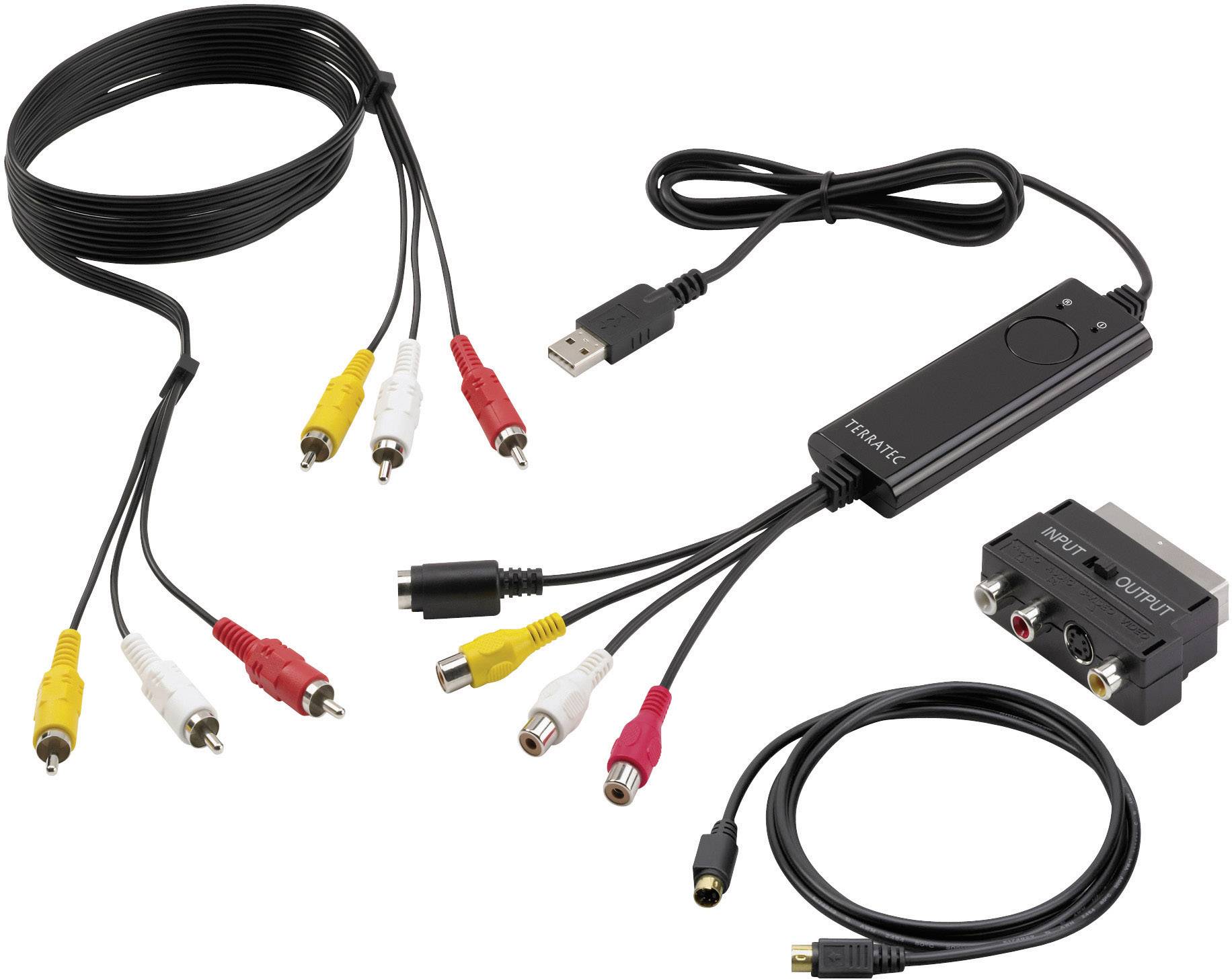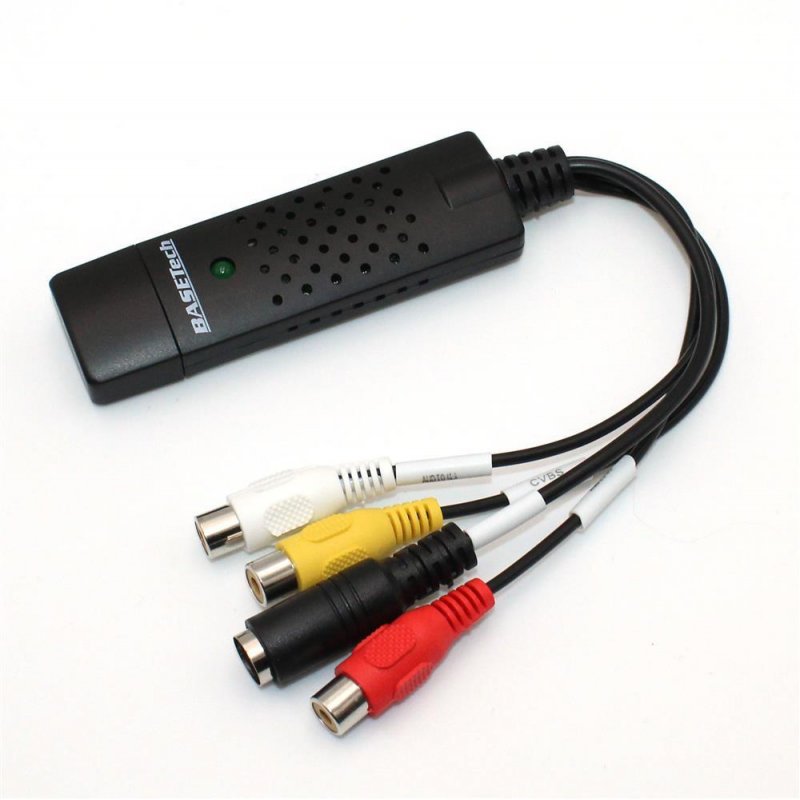

- VIDEO GRABBER BASETECH BR116 DRIVERS
- VIDEO GRABBER BASETECH BR116 PORTABLE
- VIDEO GRABBER BASETECH BR116 SERIES
VIDEO GRABBER BASETECH BR116 PORTABLE
Multin Function Cassette Radio Player 2 USB & SD Portable Cassette to USB Cassette Radio Player Bluetooth.


VIDEO GRABBER BASETECH BR116 DRIVERS
I can imagine that it might have to do with the hardware of the video grabber (Basetech BR116) since the problem appears without installing any drivers whatsoever. Now, I am not sure why this is happening and if it is related to the circuit. But when I connect the data cable to the video grabber, the mosfet conducts.

So even if the camera is connected (just with a DC cable), the mosfet works fine (i.e. This BNC cable is connected to a video grabber which is connected to a laptop via USB cable. While I was trying different staff to localise the problem, I realised that the problem is (probably) not in the cable connection scheme I follow, rather it is related to the BNC cable which I use to transfer the data from the camera. If this does keep the fet off, it means the Uno is not controlling the gate properly. The Fet should never go on regardless of where you connect the camera. Take the green wire from the Uno pin 2 and move it to the Uno ground (not the push board ground). You mentioned the measurement from the Uno Pin 2 to the gate was only a few millivolts but you didn't mention the Gate to source (GND) voltage. (Technically it also slows the fet from switching super fast but this is not a concern here, unless you plan to PWM the fans.) Its only reason for being there is to protect the Uno if the fet burns up. However I doubt this is the problem.Īs a note, the resistor from the Uno to the gate is not critical. The only reason one might use it is to keep the fets off if the Arduino is disconnected. Looking at your diagram you have what looks like a resistor from the FET gate to ground.
VIDEO GRABBER BASETECH BR116 SERIES
in series with the gate resistor, instead of directly to the gate). It's better to connect the pull-down resistor to the Arduino pin (i.e. Your gate resistor and pull-down resistor are currently in a voltage divider configuration, so the voltage on the gate will be slightly lower than 5V. It works just fine for small loads at low switching frequencies, but it's not really good practice. it was not really designed to operate with a gate voltage of only 5V. The IRF1310NPbF is not a logic level MOSFET, i.e. Ī few things to keep in mind (that probably don't contribute to the problem, but might still be important): You could try adding a capacitor, but I doubt that's the problem. Why is V GS 2-4V? How is the output of the Arduino configured? What's V GS without the Arduino connected? What happens when you connect the gate directly to ground? (Without the Arduino connected.)Ĭhances are that the MOSFET is just broken. Did you connect the ground of the Arduino to the source of the MOSFET and the negative terminal of the power supply? Double check all connections.


 0 kommentar(er)
0 kommentar(er)
